You Can Stop Pressure Vessel Failure!
by Jenny Knodell, IQS Editor

A couple years ago, a high-pressure vessel containing water and air was operating on a much higher psi than its design allowed. After years of too much pressure, a small leak developed. It was caught and welded shut. But a month later, the welding job, which did not adhere with safety codes, failed, causing the vessel to rupture and fly through the air. Pieces of shrapnel metal weighing over a thousand pounds traveled at extremely high speeds up to a half-mile before landing on nearby highways and railways. A large portion of the plant was destroyed, half the state was without phone or electricity, and 3 plant workers were killed. If the contents had been flammable, there would have been an explosion too, making the accident much more devastating. Pretty intense, huh? Unfortunately, pressure vessel incidents like this happen much more than they should.
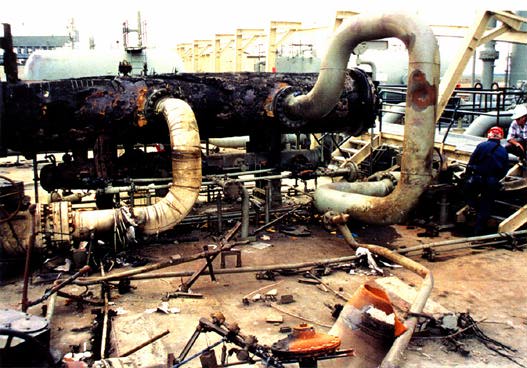
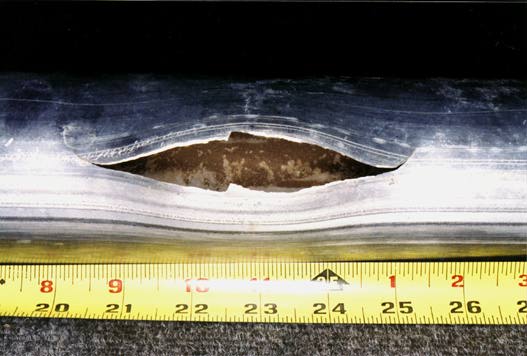
Explosion and fire of natural gas pressure vessel. The bulge shown indicates the vessel was stressed beyond its yield point.
Pressure vessels store substances under pressure higher than atmospheric conditions, and are found all over the place. They are used in at-home hot water storage, in many different factories and plants, and in mining and oil refineries. Chances are, there’s a pressure vessel somewhere close to you, and if it’s not taken care of properly, it could rupture and create a huge, dangerous mess. Ruptures are caused by higher than normal pressure, not enough testing or inspection, corrosion or erosion of the vessel that cause leaks and cracks, and poor repair of a leak (like in the scenario above). Basically, these catastrophic disasters could be totally prevented by regular inspection and proper use.
Fortunately, the ASME (American Society of Mechanical Engineers) took notice of these explosions and decided to develop strict regulations and standards for pressure vessels. In order to have an up-to-code pressure vessel, it must be registered with the state, designed in accordance with ASME standards, have all sorts of information displayed prominently, have installation approved, have periodic check-ups, and be repaired by test-qualified welders. Most states consider these safety standards law. All these strict regulations may seem like a pain in the neck for plants and facilities, but it is important not to forget what can happen if pressure vessel maintenance, inspection or repairs are a bit too lax; see images below.
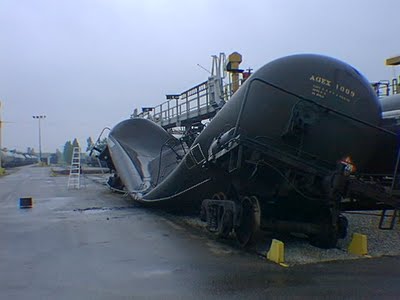
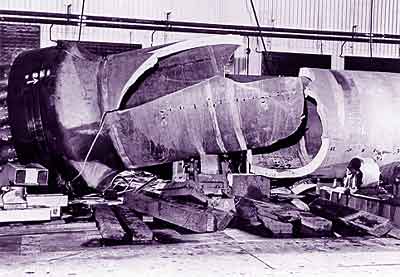
Many pressure vessel manufacturers, including Patterson Industries, Midwest Imperial, and Steel Fabricators, only offer ASME tanks, ensuring safe design standards. The rest, though, is up to the plant and facility employees that work with pressure vessels everyday. This chart shows the reasons pressure vessel accidents occur—over 60% of them are caused by poor maintenance, while the next most common reason are errors in operation, proving that workers must pay attention to safety regulations in order to prevent pressure vessel failures.

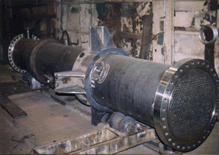
Image courtesy of Midwest Imperial Steel Fabricators, LLC.


 Castings & Forgings
Castings & Forgings Bulk Material Handling
Bulk Material Handling Electrical & Electronic Components
Electrical & Electronic Components Flow Instrumentation
Flow Instrumentation Hardware
Hardware Material Handling Equipment
Material Handling Equipment Metal Cutting Services
Metal Cutting Services Metal Forming Services
Metal Forming Services Metal Suppliers
Metal Suppliers Motion Control Products
Motion Control Products Plant & Facility Equipment
Plant & Facility Equipment Plant & Facility Supplies
Plant & Facility Supplies Plastic Molding Processes
Plastic Molding Processes Pumps & Valves
Pumps & Valves Recycling Equipment
Recycling Equipment Rubber Products & Services
Rubber Products & Services